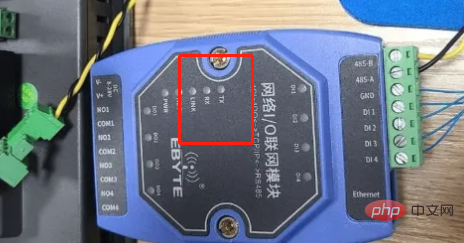tx表示receive是接收的意思,rx表示Transmit是发送的意思;receive从开启到现在接收封包的情况,是下行流量,Transmit从开启到现在发送封包的情况,是上行流量;在INTTERFACE中我们查看WAN网卡的流量时rx为下行流量tx为上行流量。

本教程操作环境:windows10系统、DELL G3电脑。
tx和rx分别是rx是receive接收,tx是Transmit发送。receive从开启到现在接收封包的情况,是下行流量。Transmit从开启到现在发送封包的情况,是上行流量。
在INTTERFACE中我们查看WAN网卡的流量时RX为下行流量TX为上行流量。在SIMPLEQUEUES中,当目的地址为工作站IP,网卡为WAN时,TX为下行流量限制。

扩展知识
上行流量计算方法
下行流量是从网络中下载的字节数如果是按流量计费的gprs,那么计费流量=上行流量+下行流量上行速度是指上传文件时的速度,比如把自己电脑里的电影放到网络硬盘里时,会有一个上传速度。
下行速度是指下载文件时的速度,比如下载一首歌曲时,会有一个下载速度.下行速度和下载速度对应关系:512k/秒对应的下载速度理论值约为62.5KB/秒,常见速度为50到60.5KB每秒。
这是0.5M的ADSL的下载速度。1.5M/S的下行速度最高应该可以达到187.5KB/秒,速度为150到180KB/秒都为正常。
更多相关知识,请访问常见问题栏目!
以上就是tx和rx哪个是发送和接收的详细内容,更多请关注php中文网其它相关文章!

每个人都需要一台速度更快、更稳定的 PC。随着时间的推移,垃圾文件、旧注册表数据和不必要的后台进程会占用资源并降低性能。幸运的是,许多工具可以让 Windows 保持平稳运行。




Copyright 2014-2025 //m.sbmmt.com/ All Rights Reserved | php.cn | 湘ICP备2023035733号